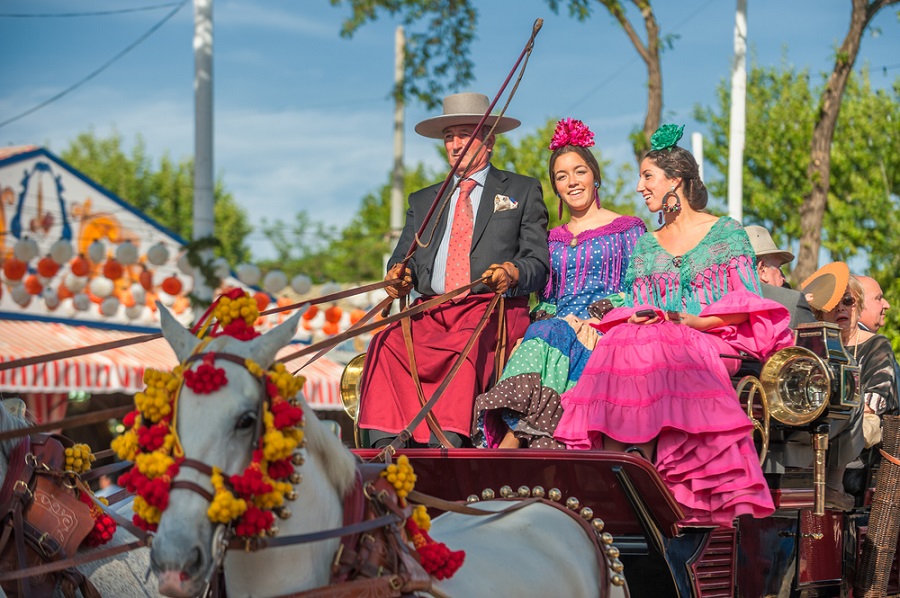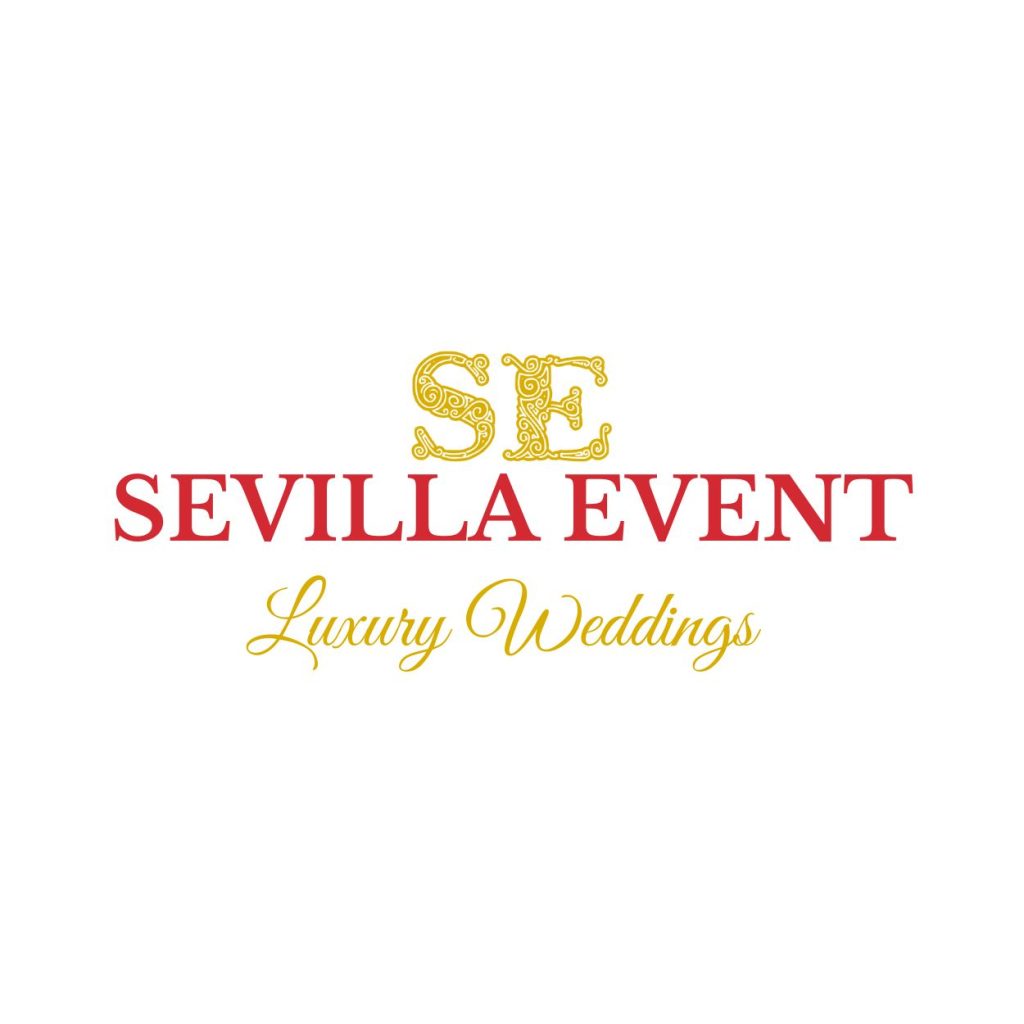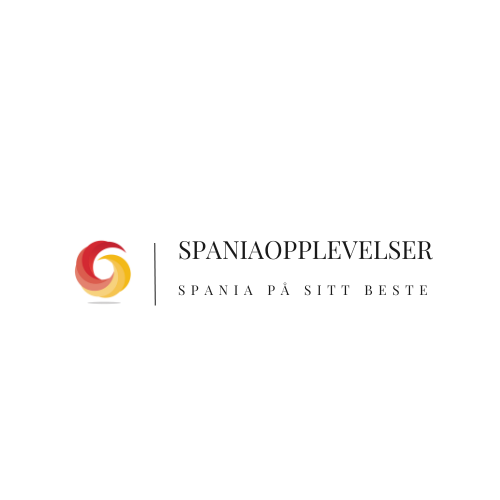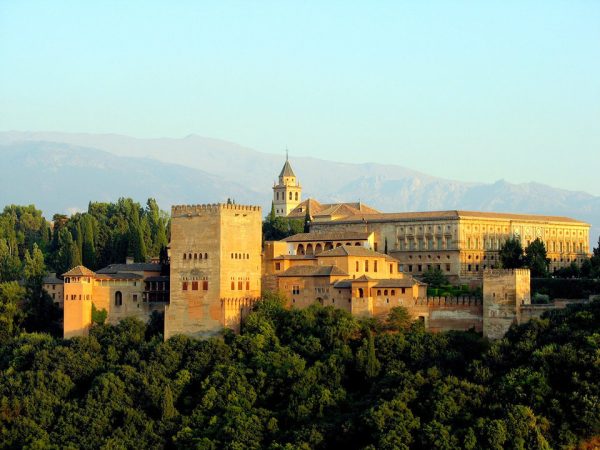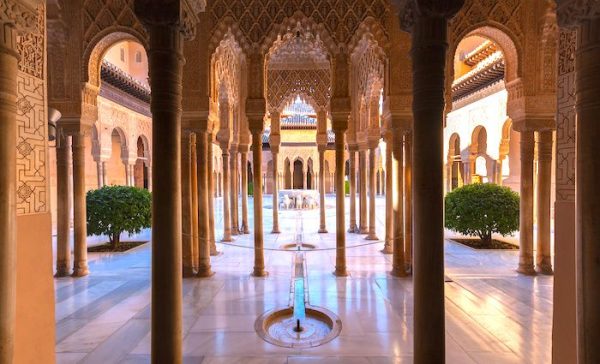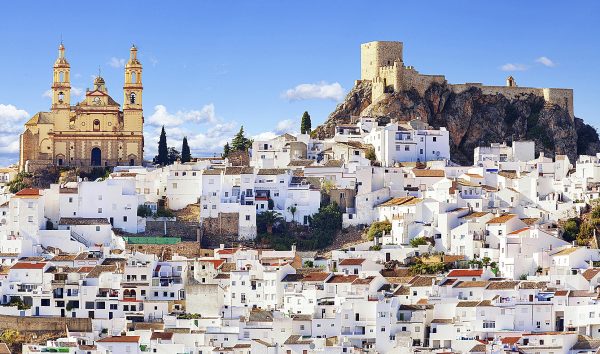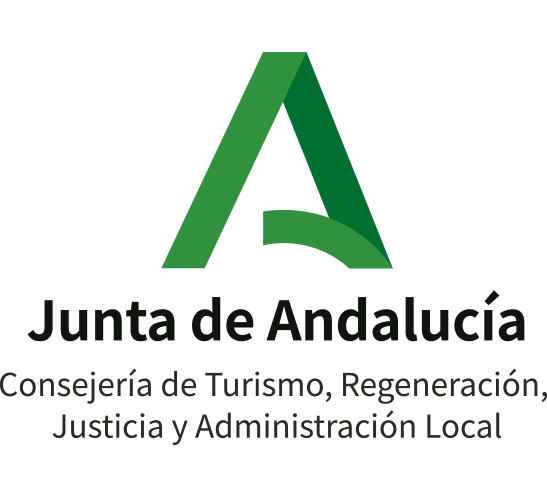
The world’s most colorful party – Light, color and lots of joy!!
Every year, Seville holds the World’s most colorful party, Light, color and lots of joy,The feast that keeps the Sevillian alive from one year to another. The essence of Seville where the city’s character unfolds with all its charm and seductiveness. Seville is a city full of traditional celebrations, and April is the month where the biggest party takes place: – Feria de Seville!
The party that the whole of Seville looks forward to year after year, Sevilla’s Aprilfest, is the biggest party that is loved by all of Spain. There is something special about starting spring with a big celebration with beautiful flamenco dresses, dancing, food and drink. During a whole week, Seville stops and keeps the party going….
The Feria de Abril in Seville begins the night of the “alumbrao”, the first moment when all the amusement lights are lit. This is also the night when traditional “pescaíto frito” (fried fish) is eaten in all the tents. After a week of constant celebration, the party ends with a huge fireworks display over the Guadalquivir River.
Feria de Abril is like a small, ornate town: a volatile world where the houses are colorful tents, lit with lanterns and all the streets are named after legendary bullfighters.
Find out more about this fantastic party, and to get the most out of the April party in Seville when you visit ..
1. Read up on the story
Feria de Abril dates back to the year 1847 when Isabel II opened a livestock market where you could buy and sell livestock. The first fair had only 19 casetas (small tents) and it was a great success. In fact, just three years later, in 1850, there were 60,000 visitors to the market. That year, the sale of livestock was kept separate from the area where people came to socialize and enjoy themselves. Today, the April fair boasts over 1500 casetas, one of the biggest celebrations of the year in Seville, and is our top / must do event in April. (It is not unnecessary to say that buying and selling pets is no longer part of the April party…)

2. La Portada – El Alumbrao
At the main entrance of La Feria, a monumental colorful façade is set up every year. There are different designs every year. Therefore, it is put out to tender and it is local artists who come up with various proposals. The design uses to be an imitation of important buildings in Seville or if there is a special anniversary in the city then a facade is made in that connection… the facade is illuminated with thousands of light bulbs and is a traditional meeting place.
Ferias de Abril in Seville starts the night of “alumbrao”, the first moment when the lights on La Portada and all the amusement lights are lit at. 24:00. That night you always eat the traditional “pescaíto frito” (fried fish) in all the tents. We call this first night of Feria de Sevilla the “Pescaito” night. After a week of constant celebration, the party ends with a great fireworks display over the river Guadalquivir.

3. Las Casetas
“Las Casetas” are the names of the tents where you mostly stay when you are at La Feria. They are lined up in a row divided into 25 blocks and 15 streets. All have the same structure with red and white or green and white stripes and in the front is the name of the Caseta and the street number. The tents are distributed mainly on private and public tents. The private tents consist of members who pay a certain amount each year to be a member and only members with friends, family can enter these tents. The public tents can all go inside. It is often divided between political parties, or districts of Seville, the trade union, it is even a public tent only for tourists. In some of the public tents, it uses to be live music and there are often many people dancing sevillanas in the tent with live music or sevillanas in from the speakers. All casetas have their own bar where you order what you want.

4. What do you eat and drink at Feria de Sevilla
In each tent you can order what you want in the bar, do not expect any good service, take it as it comes, it is full and it can sometimes with lunch time between 14 – 15:30 and in the evening between 9-10 , then you should just be happy that you get to the bar at all. Everything is simple and there is a reduced selection of the most typical dishes such as, deep-fried fish such as choco (squid) adobo (marinated fish), boiled shrimp, cheese, ham, Spanish omelette to name a few, simple but incredibly good, distributed on simple raciones that one shares. Mostly served on plastic plates and often plastic glasses.

If you want something to drink, it goes well with both wine and beer, but the typical drink that is drunk liter by liter at Feria de Sevilla, is called rebujito. It’s a blend of manzanilla sherry with Sprite or 7-Up, it’s deliciously refreshing, but be careful – it can go straight to your head! After a long and wonderful day at La Feria, it may be the right moment for another typical dish in Seville, churros with chocolate, which are some sweet deep-fried sticks that you dip in chocolate. It’s a lovely sweet way to end the day / night!
5. The Horse and La Feria
Every day at La Feria during the morning and until late afternoon you can ride around in a horse and carriage or come riding to La Feria on horseback. Magnificent horses newly combed and decorated, and a wide selection of beautiful carriages that are authentic works of art meet in the streets of La Feria. The carriages have a capacity of from 2 to 10 people and they drive elegantly along the streets. An incredible display of traditional vehicles from the Andalusian countryside.

6. What to wear
What makes this party so spectacular and colorful and world famous are, among other things, the beautiful dresses that Sevillanas (women from Seville) wear. The traditional dress, Andalucia’s regional costume, was called traje de gitana (literally translated): a gypsy dress because originally these were the dresses the gypsies wore when they went to the pet market. Strangely enough, this dress is the only regional costume in Spain that has modernized. The dress has over the years changed and become more modern adapted to the day fashion and is today called Traje de Flamenco, which got its boost during the 1929 Latin America exhibition. Flamenco dress fashion changes every year. It always has ruffles of different sizes and shapes, it can be any color or pattern. Originally, it mostly had dots in different colors. La Feria is this year’s first of all the parties in Andalucia and here the year flamenco trends appear in all their glory.
Men are usually expected to wear suits and ties, and although the dress code is always taken very seriously! in Seville, for visitors, is a nice everyday outfit to recommend, or as nice as the travel wardrobe allows. Women who do not have a flamenco dress dress up nicely with but not too elegant. You have to keep in mind that usually at that time of year it can be quite hot it is not very comfortable to walk around La Feria, between horses, cobblestones and sandy sidewalks, so comfortable footwear can be in place. Under the flamenco dresses, they often wear some straw shoes that are sold especially for La Feria.
Another outfit that is very common at La Feria is the one we call “traje corto”, which is used by those who come to La Feria on horseback. It is available for both women and men. It has its origins in those who worked on the farm in the old days. Mandatory a wide-brimmed hat called (sombrero Cordobes) from Cordoba, and a short jacket in there from his name. (The short suit), it only goes down to the waist and can not be buttoned up completely, to show off the shirt, they has below. The most important thing about La Feria is that you feel the atmosphere and that you really enjoy yourself, no matter what you are wearing.

7. The difference between day and night
During the day at La Feria, it is horse and carriage that apply. All horses must be out of La Feria after 19:00 Then starts the more formal part of La Feria where you sit down and have dinner with a drink. At night, the younger garden comes to La Feria, to Calle de Infierno / Tivoli: directly translated (hell street!! Sorry expression!) With its many attractions, roller coasters of all kinds, are especially popular. It is on the last day of La Feria that a fantastic fireworks display will be sent off ending this incredible week. Y “hasta año que año que viene.” And goodbye to next year.

